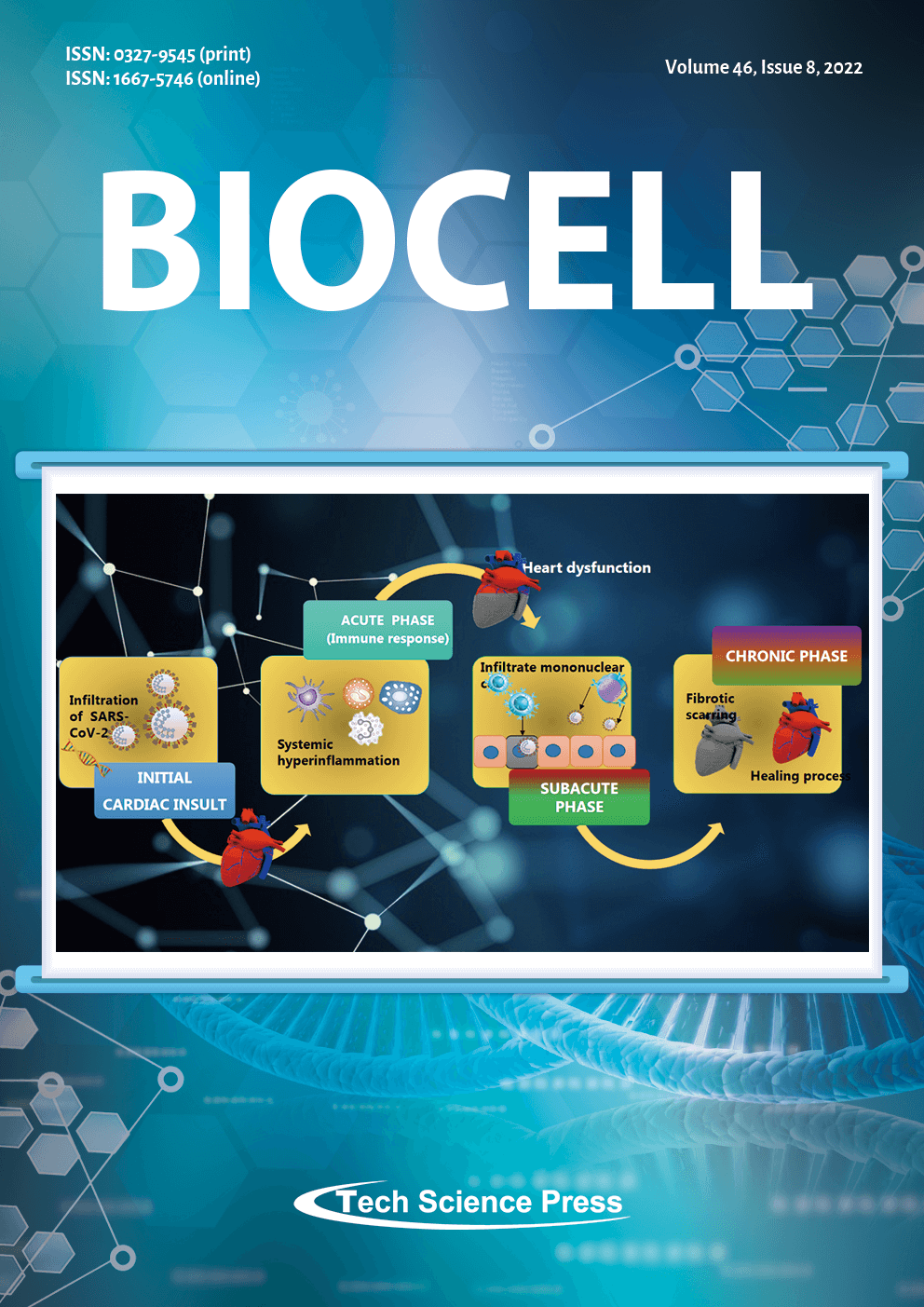
The initial cardiac insult occurs with the infiltration of the virus into the tissue (such as in the case of SARS-CoV-2) and the genetic predisposition of the patient. Then, the damage of the cardiac tissue occurs in three phases: (a) acute, which consists of an initial immune response and the activation of macrophages will lead to the overexpension of cytokines (IL-1, IL-2, TNF, IFN-γ and others) leading to systemic hyperinflammation (indirect damage). This leads to cardiac dysfunction, arrhythmias, heart failure with or not preserved ejection fraction, (b) subacute, activation of the Natural Killers (NK) and the presence of free radicals (such as NO) begins. Presence of the the cytotoxic lymphocytes T (bind the viral antigen leading to the death of infected cells) and B (release antibodies that neutralize the virus thus blocking its entry into the cells). This leads to cardiomyopathy with cardiac dilatation, severe arrhythmias and (c) chronic, where there may be a benign evolution with healing of the myocardial tissue or severe heart damage (fibrotic scarring).
View this paper